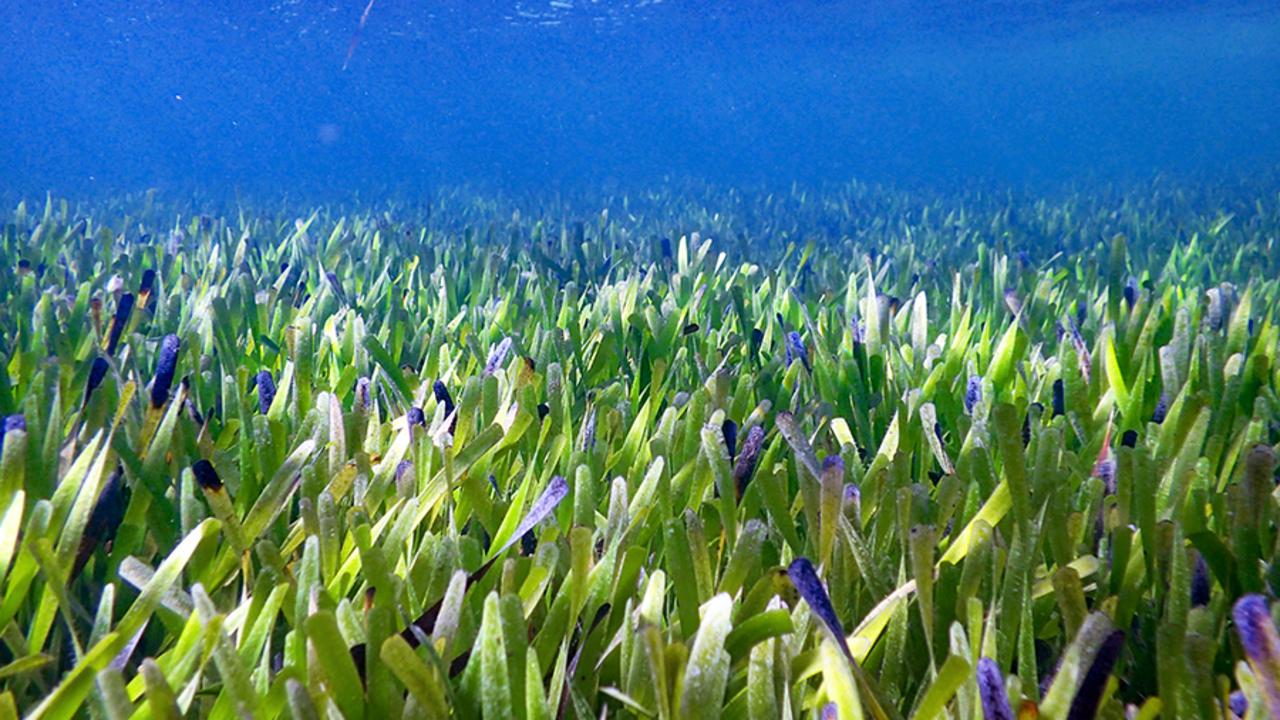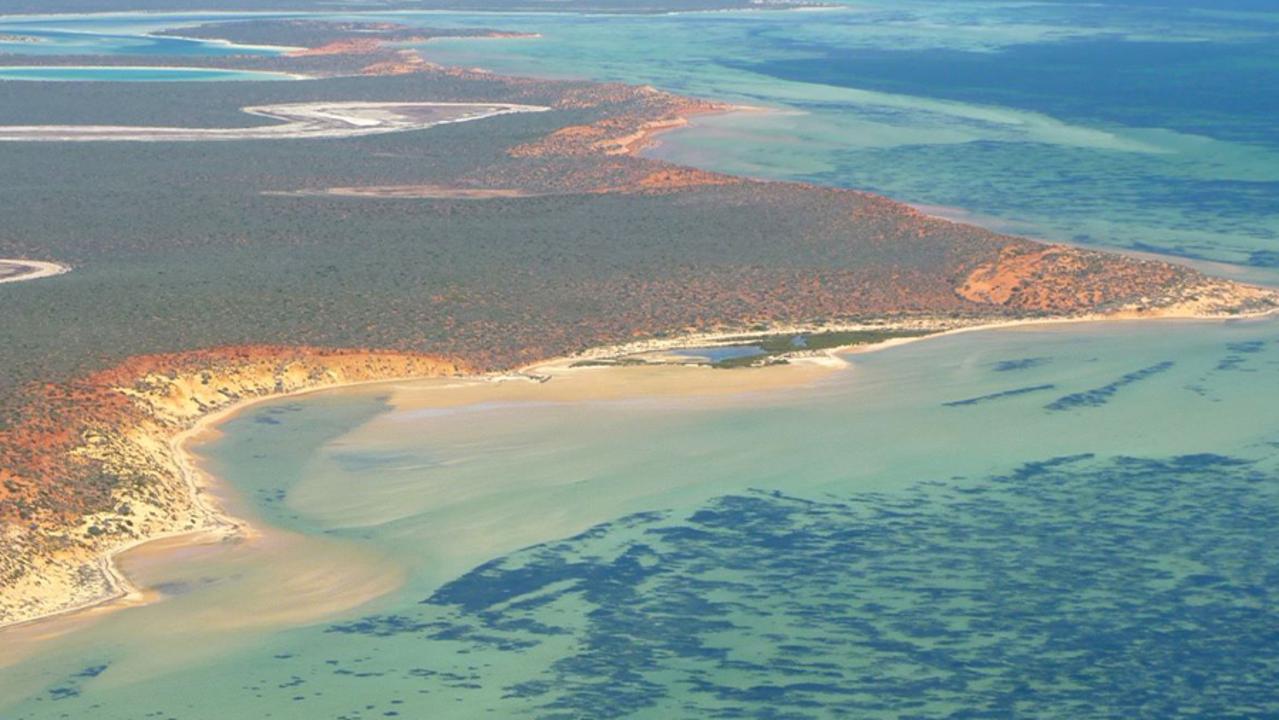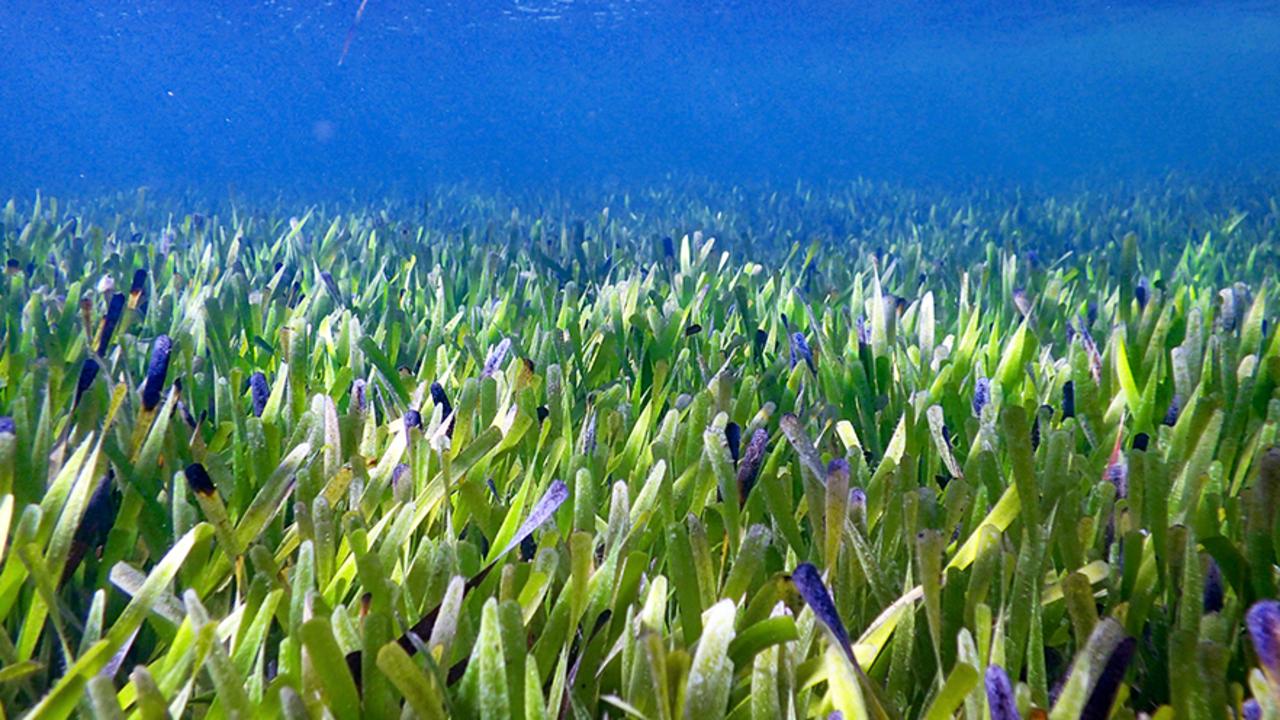World’s largest plant accidentally discovered on Aussie shores by researchers looking at something else
Researchers looking into something else entirely are believed to have discovered the world’s largest plant off the WA coast.

The world’s largest known plant has been discovered off Australian shores by scientists who were looking into something else.
Researchers from The University of Western Australia and Flinders University believe an ancient and resilient seagrass stretching across 180km in Western Australia is the largest plant on earth.
The Posidonia australis is located in the shallows of Shark Bay and is estimated to be at least 4500 years old.
Researchers were initially working to understand how genetically diverse the seagrass meadows in the World Heritage Area were and which plants should be collected for seagrass restoration.
Despite that being the initial aim of the project, scientists have now set up a series of experiments to understand how the plant survives and thrives under such variable conditions.

UWA researcher Jane Edgeloe said the team sampled plant shoots from across Shark Bay’s variable environments and used 18,000 genetic markers.
It was then they discovered the one plant managed to grow and spread.
“The answer blew us away,“ Ms Edgeloe said.
“Just one plant has expanded over 180km in Shark Bay, making it the largest known plant on Earth.
“The existing 200km2 of ribbon weed meadows appear to have expanded from a single, colonising seedling.”

The plant has managed to survive in the challenging conditions of the area, where some parts have saline levels double of others in the bay and live in temperatures ranging from 15C to 30C.
Evolutionary biologist Elizabeth Sinclair said the seagrass was also unique in the way it held onto chromosomes from both parents and hybridised, with seedlings containing 100 per cent of the genome from each parent instead of the usual 50/50 split.
“Polyploid plants often reside in places with extreme environmental conditions, are often sterile, but can continue to grow if left undisturbed, and this giant seagrass has done just that,” Dr Sinclair said.
“Even without successful flowering and seed production, it appears to be really resilient, experiencing a wide range of temperatures and salinities plus extreme-high light conditions, which together would typically be highly stressful for most plants.”




